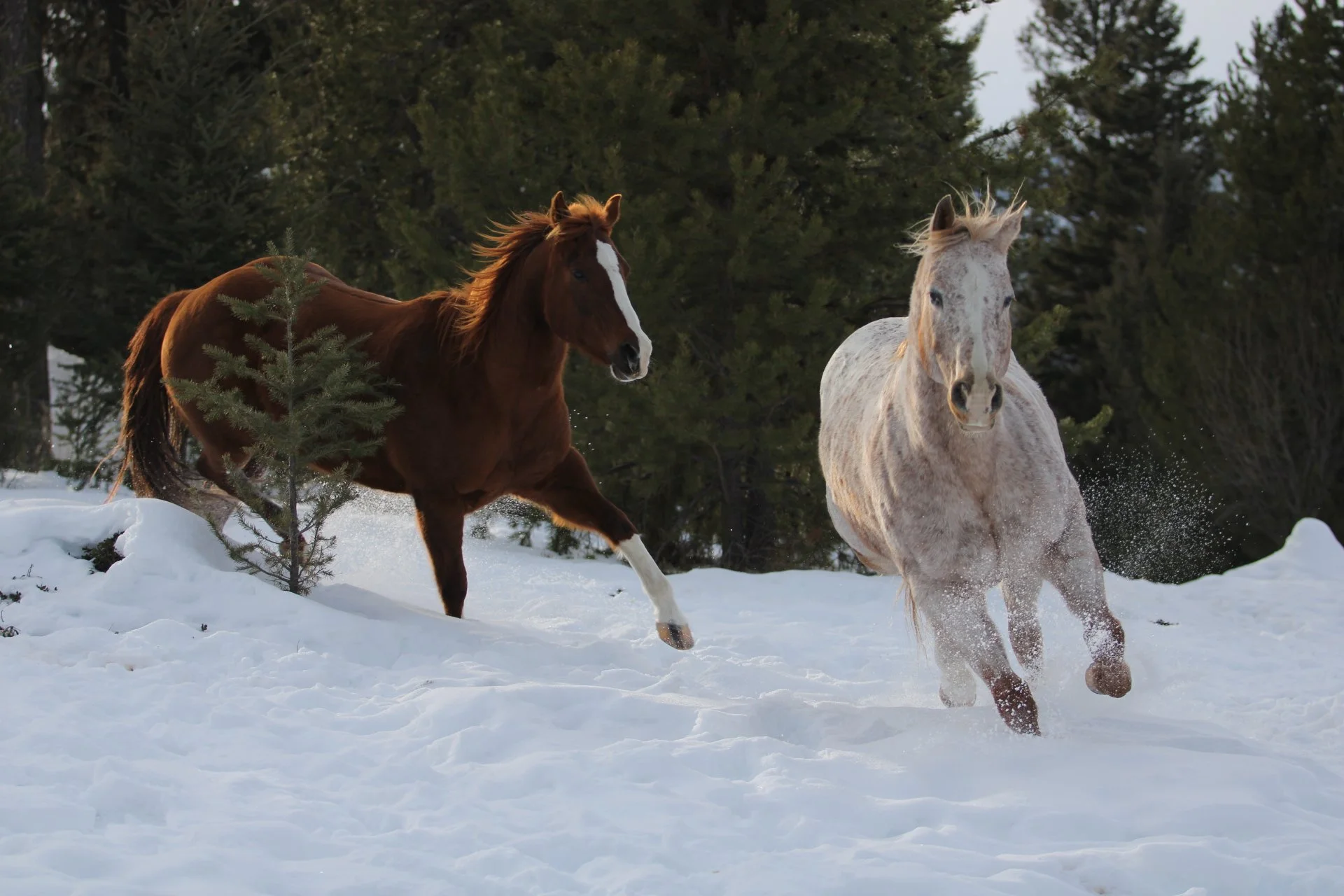
FAQ
-
What is involved in the Initial Assessment?
Each session begins with observing your horse’s natural movement to assess comfort, symmetry, and balance. This is followed by a thorough hands-on evaluation of key muscle groups and structural alignment.
Based on these findings, a tailored bodywork session helps release tension, restore balance, natural alignment, and support overall performance.
-
What is involved in the Follow-Up?
Follow-up sessions are an important part of your horse’s long-term progress. These visits allow me to monitor changes, confirm that previous adjustments have held, and identify any new areas of tension or imbalance that may have developed as the body continues to adapt.
Because long-standing misalignments can cause muscles to weaken or overcompensate, a period of maintenance work is sometimes needed before full, lasting balance is achieved.
-
Do I have to pay extra for a Follow-Up?
No, a Follow-Up is included in your Initial Session package. I include them intentionally to ensure your horse’s progress is properly monitored and that any changes hold as expected.
Follow-ups also allow me to evaluate the effectiveness of the work, address new areas that may have surfaced as the body adjusts, and confirm whether further care or veterinary input is required. This approach supports both your horse’s wellbeing and my continued accuracy as a practitioner.
-
Why did you get into this?
During training, I often found myself puzzled by how a willing, honest horse could suddenly change - become resistant, uncomfortable, or reactive for no clear reason. I had my own horse assessed by a student of Helen Woods, and I noticed an immediate softening and release.
Later, when my kid’s barrel horse suddenly began bucking after the first barrel, we tried another session - she went on to run her best pattern yet. That moment sealed it for me. I knew I wanted to learn how to help horses in this way. It felt foundational.
-
Why would an alignment not hold?
When a horse’s body has been out of balance for a long time, certain muscles may become weak while others overdevelop to compensate. This uneven development can make it harder for the body to maintain new balance after tension is released.
I use techniques to help release these areas of tightness and encourage proper muscle engagement, but long-term compensation patterns often need time and maintenance to fully correct. As the muscles redevelop and strengthen evenly around the spine, the horse begins to hold its own natural alignment more easily.
-
Can you work yourself out of a job?
Ideally, yes. A balanced horse is a strong horse, and when the body is working correctly, it tends to maintain that balance on its own. This is why proper conformation is so valued in the equine industry.
This is the best referral I can ask for.

